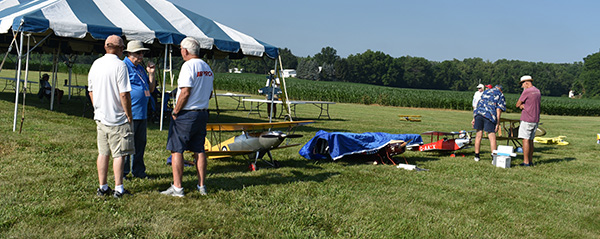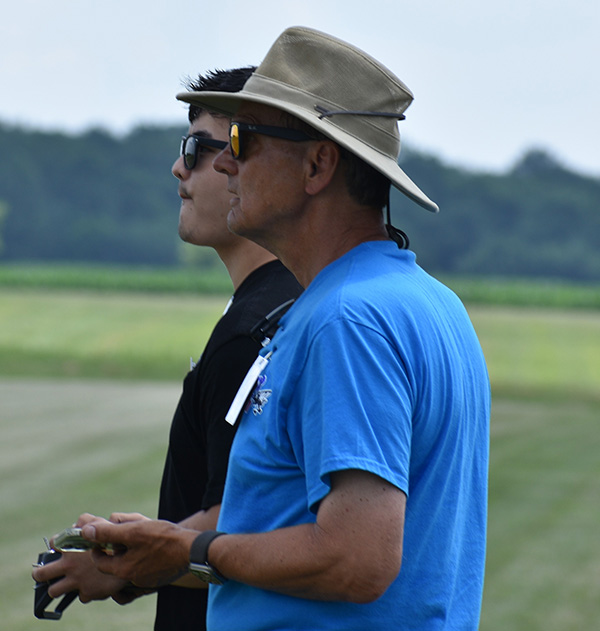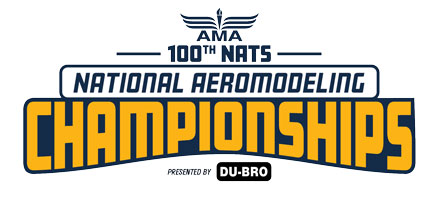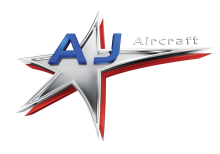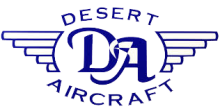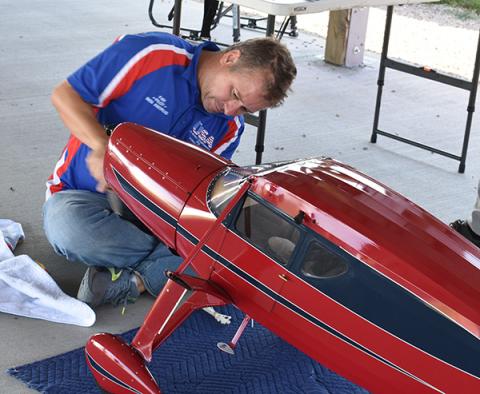
Ben Andrus assembling his ¼-scale Fairchild 24
By Gerry Garing
It’s Thursday at Site 4 and the 2025 RC Scale Nationals event is getting underway. It’s a beautiful day with bright skies and very little wind. Many pilots are already here. The camper hook-ups are nearly full. Pilots continue to arrive, register, and set up. Static judging has begun for FAI entries in both radio control and control line. In the meantime, pilots are free to put in a few practice flights. It’s also a time to catch up with friends and make new ones.
Contest Director, John Boyko, called a pilot meeting at 10:00, followed with a judges meeting. Both briefings are held to ensure everyone understands the expectations and to ensure a fair contest for all.

I would also like to mention the National Association of Scale Aeromodelers (NASA). NASA is AMA’s special interest group for Scale, both radio control and control line. As such, NASA is responsible for organizing and conducting the Scale Nationals each year. This is NASA’s 50th anniversary. To recognize that milestone, NASA commissioned a commemorative Yeti mug. Each registered pilot will receive a mug which is also available for purchase. NASA signed up five new members this morning! NASA is also promoting its FAI raffle for a 100cc UMS radial engine with CH ignition. Proceeds from this raffle help support the FAI teams competing in Great Britain in 2026.
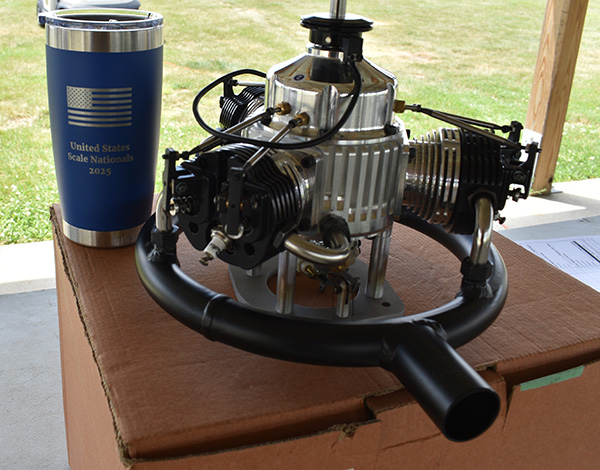
At 1:00 PM there were are 31 registered entries across seven classes. AMA rules provide classes based on aircraft, pilot experience, and type of airplane. There are classes for experienced pilots and novice pilots. Classes for modelers who built their models and classes for ARF foamies…or any combination thereof. Pilots have the option of flying several airplanes; however they must be entered in different classes.
A highlight of attending the Nats, whether as a spectator or competitor, is the ability to walk through the tents and pavilions to get an up-close look at the models. Modelers are proud of their creations and usually welcome questions, comments, and discussion. Just use a little common sense. If the pilot is preparing for a round, it is not a proper time.
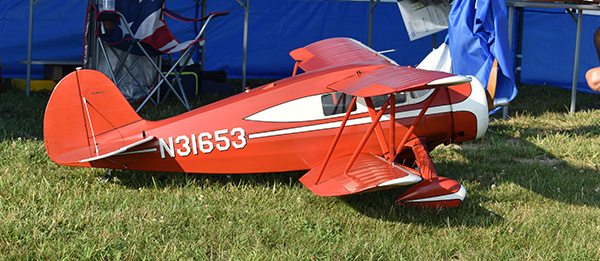
Another highlight of a Scale contest is the variety of aircraft, all of which can be competitive. Walking the field today, it didn’t take long to find World War I airplanes, World War II airplanes, turbine aircraft, and general aviation aircraft. One particularly unique airplane is a Pitcairn PCA-2 autogyro from the 1930s. It is electric-powered and was extremely graceful as it performed a series of lazy-8’s.
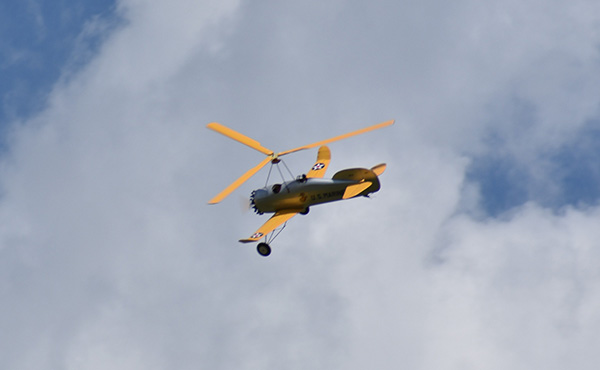
Static judging wrapped up Thursday morning and the first round of flying will began around noon. Two more rounds will be flown on Saturday, and one Sunday morning. All plans are subject to change due to weather. There could be more than four rounds or less than four. As this is being written, Saturday evening is holding the threat of bad weather.
